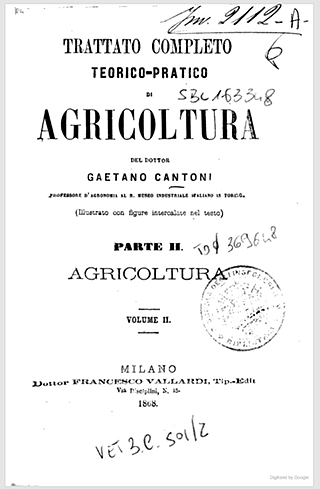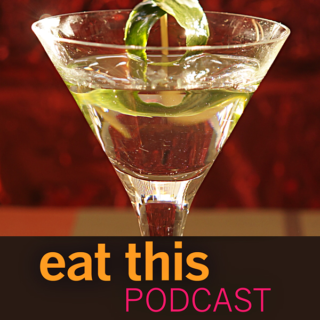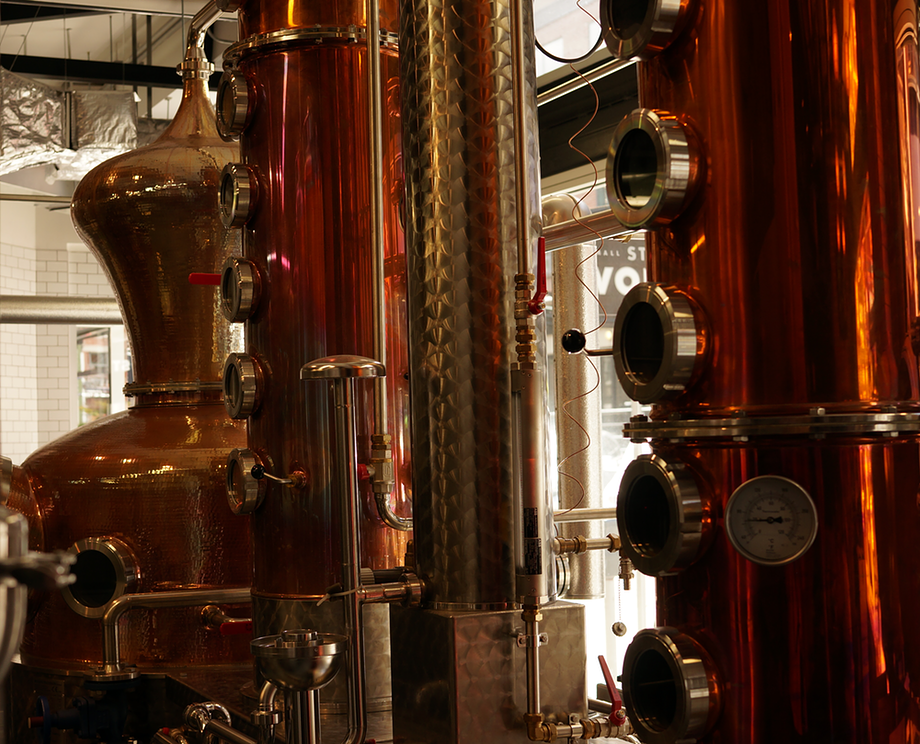Hot on the heels of — indeed prompted by — the podcast on zucchini, a quick look at an ill-founded attempt to patent the warts on pumpkins.
When is a zucchini not a zucchini? A guide to the history of the world's most popular summer squash

Podcast: Play in new window | Download (Duration: 17:16 — 14.3MB)
Subscribe: Google Podcasts | Spotify | Android | RSS | More
 People accused me of being a tease when I originally published that banner photograph up there and said that it was not a zucchini. It was, I admit, a deliberate provocation. It all depends on whether we’re speaking English or Italian. Because in English it isn’t, strictly speaking, a zucchini. It is a cocozelle, a type of summer squash that differs from a zucchini in a couple of important ways, one being that it hangs onto its flower a lot longer. So a flower on a cocozelle is not the guarantee of freshness that it is on a true zucchini. In Italian, however, it is a zucchini. Or rather, a zucchina. Because in modern Italian, all summer squashes are zucchine.
People accused me of being a tease when I originally published that banner photograph up there and said that it was not a zucchini. It was, I admit, a deliberate provocation. It all depends on whether we’re speaking English or Italian. Because in English it isn’t, strictly speaking, a zucchini. It is a cocozelle, a type of summer squash that differs from a zucchini in a couple of important ways, one being that it hangs onto its flower a lot longer. So a flower on a cocozelle is not the guarantee of freshness that it is on a true zucchini. In Italian, however, it is a zucchini. Or rather, a zucchina. Because in modern Italian, all summer squashes are zucchine.

Teresa Lust is a linguist and food writer. Harry Paris is a plant breeder who specialises in pumpkins, melons and the like. Together, they have just published a paper that pushes back the known history of the zucchini. They guided me through the somewhat convoluted history of true pumpkins in Italy.
It’s a story of exploration, aristocracy and promiscuity. What more could you want?
Notes
- Italian horticultural and culinary records of summer squash (Cucurbita pepo, Cucurbitaceae) and emergence of the zucchini in 19th-century Milan, by Teresa A. Lust and Harry S. Paris, Annals of Botany 118: 53–69, 2016
Eat This Newsletter 038
29 August 2016
Authentic food news
- Huge admiration to Becky Lawton at the British Library, for using the Great British Bake Off to share some delightful medieval observations on bakers and baking.
- A long and thoughtful piece at Civil Eats, on whether selling necessarily means selling out. Can the qualities that drive small-scale suppliers survive a takeover?
- The same question applies to iceberg lettuce, whether you love it, loathe it or can take it or leave it. I wonder, would the opprobrium heaped on iceberg’s crunchy head be applied if it were grown closer to home?
- The Movement to Define Native American Cuisine. Just the one? This isn’t going to end well.
- I’m resurrecting this one – Chemistry of Cast Iron Seasoning: A Science-Based How-To – because it remains important and useful, especially because I seem to be increasingly aware of cast iron around the internet.
Small-scale spirits Microshiners are big in craft distilling

Podcast: Play in new window | Download (Duration: 29:32 — 24.1MB)
Subscribe: Google Podcasts | Spotify | Android | RSS | More

I confess, I had no idea there was even such a thing as a craft distillery. Craft breweries certainly, and thankfully, because most mass-produced beer is just not all that good, at least to me. But I’ve never had a problem with mass-produced spirits, probably because I don’t drink them that much. Experts will tell you, however, that they suffer all the same drawbacks as beer: boring, standardised, uninteresting and the same wherever you go. And once I’d started to investigate – and taste – I was forced to agree. Craft spirits are really interesting, and in this episode I’ve taken only the smallest sip.
Perhaps the most astonishing thing about craft distilleries is how fast they’re spreading, at least where they’re allowed. British Columbia has gone from 5 to 50 in about three years. The USA now has more than 1000 registered small distilleries, almost a third of which are so-called “seed to sip” farm distillery operations. The British Isles too have seen a mushrooming of small distilleries. This episode is just a taste of things to come.
Notes
So many people to thank:
- Cobey Williamson and Microshiner.
- Bill Owens of the American Distilling Institute.
- Jim Walter at Whiskey Acres.
- Tom Hills at East London Liquor Company.
- Kate at Off the Eaten Track in Vancouver.
- Gordon Glanz, founder and head distiller at Odd Society Spirits. I wonder if he’d be allowed to make Gordon’s gin?
- Also, though they didn’t appear directly in this episode, [1] Craig Harris at Yaletown Distilling Company, Don O’Driscoll at The Liberty Distillery and Mark Reynier of Waterford Distillery in Ireland.
- Banner photograph thanks to The Liberty Distillery, other images by me, music stolen from George Jones and Mark Knopffler.

-
Which is by way of a hint that there’s bound to be a follow-up; there’s so much more to say. ↩
Eat This Newsletter 037
15 August 2016
Authentic food news
- Hot on the heels of my confession two weeks ago that “I may have to rethink” non-coeliac gluten sensitivity, I am re-rethinking. Again. The scientist who originally described non-coeliac gluten sensitivity did another study, and found “absolutely no specific response to gluten”. So, what’s to blame? FODMAPs! (Fermentable Oligo-Di-Monosaccharides and Polyols) For a laugh, I went to fodmapfree.com, and blow me down if it wasn’t already a thing.
- I tell you what else is often not real: Key lime pie. Not even in the Keys: “It’s not easy to find real Key limes. Most of what you find around here are not indigenous limes. Those were wiped out by a hurricane in 1926.” Epicurious went in search of the real thing.
- Manga is a thing, so is food. But food manga? “[A] young chef at a contemporary high-end hotel wakes up on a battlefield during Japan’s civil war in the 15th century. … His cooking is so powerful that he is able to lure enemy combatants off the battlefield with the smell of grilled meat.” Unreal.
- Ready for a real gusher? Taste Australia’s Weirdest Produce in Attica’s Mysterious Garden.
- The thoroughly modern (post-Pasteur) version of the Reinheitsgebot permits yeast in addition to malted grains, hops, water in real German beer. But I don’t think it says anything about which yeast, which is good news for Belgian beer yeast boffins.
- Really unreal bonus: Hampton Creek just can’t help themselves. They paid people to ask stores to stock their pea-protein stabilised emulsion and buy large quantities. Now they claim it was for “quality control” and nothing to do with artificially inflating sales. Oh, and the animation in Bloomberg’s report is the stuff of nightmares.